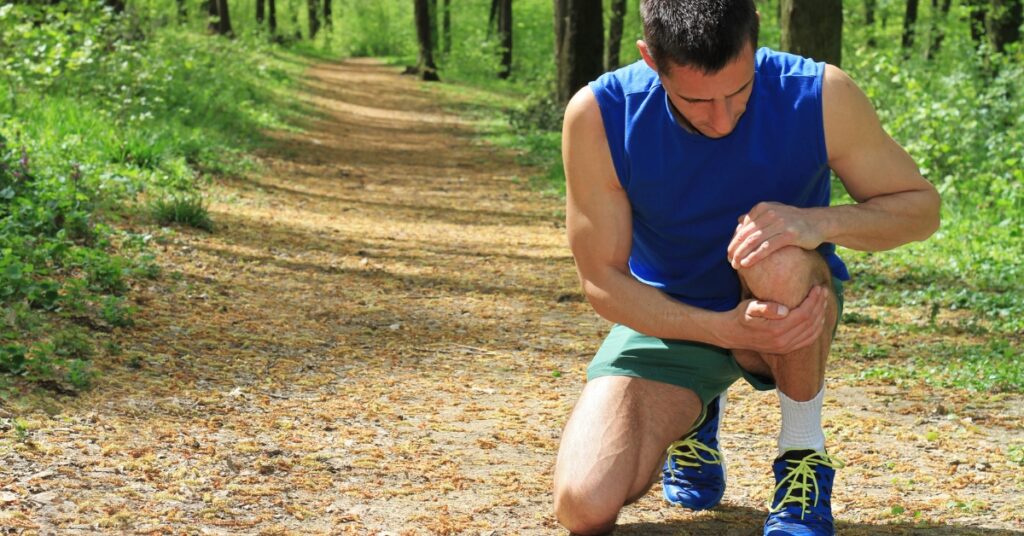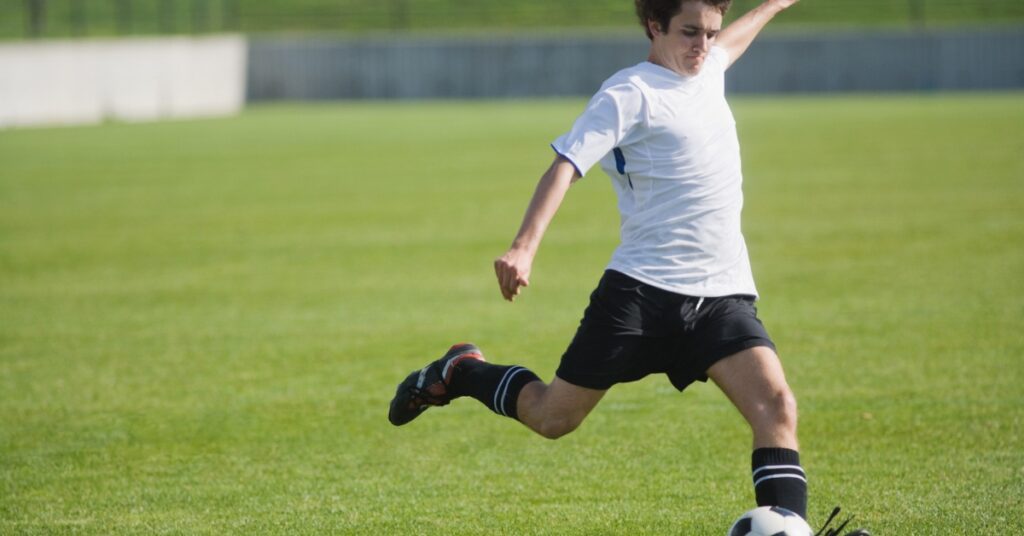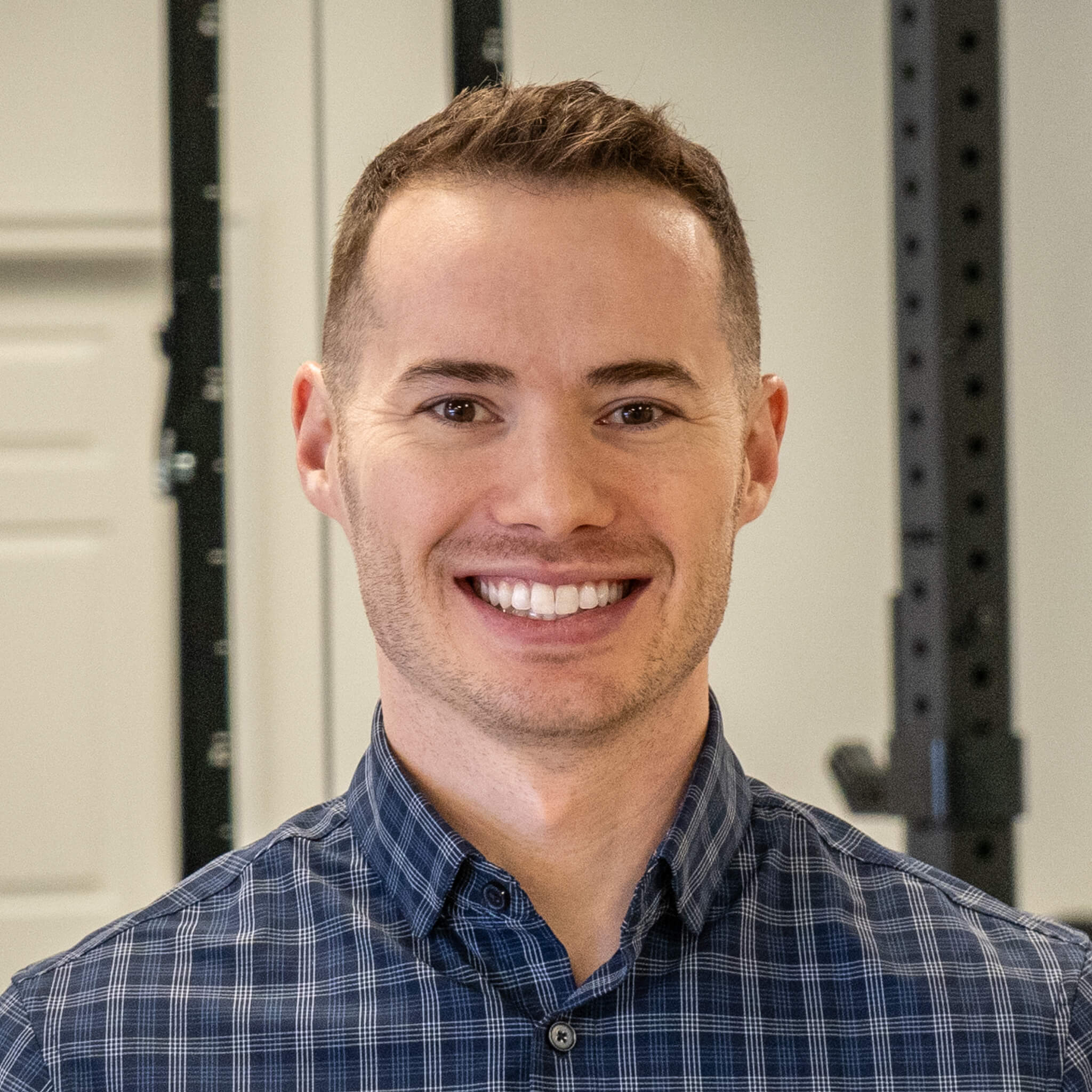Picture this: you’re watching a youth soccer game at Rolland Moore Park in Fort Collins. The energy is high, the kids are giving it their all, and then—one player pulls up, grabbing their knee in discomfort. This scene is all too familiar for many young athletes trying to find Osgood-Schlatter treatment that lets them stay active.
While it might sound intimidating, Osgood-Schlatter is a manageable condition that, with the right physical therapy, doesn’t have to sideline your child from the sports they love.
Whether they’re sprinting across the fields at Fossil Ridge High School or riding bikes along the Spring Creek Trail, treating this condition early is key to keeping them active, pain-free, and confident.
In this post, we’ll explore what Osgood-Schlatter disease is, why it happens, and how physical therapy offers a personalized, long-term approach to managing symptoms and promoting healing.

What Is Osgood-Schlatter Disease?
Osgood-Schlatter disease is an overuse injury that causes pain and swelling just below the kneecap, right at the bump on the shinbone (the tibial tuberosity). This bony bump, also called the tibial tubercle, marks the point where the patellar tendon attaches. It’s one of the most common causes of anterior knee pain in adolescent athletes, especially those experiencing rapid growth.
Why It Happens:
During adolescence, the growth plate near the tibial tubercle is still developing. Physical activity that involves running and jumping creates repetitive strain, especially as the quadriceps tighten and pull against this area.
That constant tension on the secondary ossification center can lead to an Osgood-Schlatter lesion, resulting in swelling, discomfort, and a visible bump at the tibial tuberosity. This pain and swelling may increase with sports-related activities or even day-to-day movement.
While many cases resolve with time, some athletes experience unresolved Osgood-Schlatter symptoms that interfere with performance and comfort well into adulthood.
How Physical Therapy Helps: A Smarter Way to Keep Kids Moving
Here in Fort Collins, where active lifestyles start young, we know how important it is to help kids stay in the game.
Physical therapy is a safe, effective way to treat Osgood-Schlatter disease—without relying solely on rest, braces, or nonsteroidal anti-inflammatory drugs (NSAIDs), which only provide short-term pain relief.
If your child is showing signs of Osgood-Schlatter syndrome or developing anterior knee pain, now is the time to act. Schedule a FREE Discovery Call with Up and Running Physical Therapy in Fort Collins, CO today.
We’ll evaluate the affected knee, identify possible risk factors, and create a personalized treatment plan. Let us guide your child step-by-step toward recovery so they can return to the sports and activities they love, without knee pain slowing them down.
Read on to explore how physical therapy can help your young athlete recover more quickly, build strength, and return to doing what they love.

1- Reducing Pain and Inflammation
Why It Matters:
Pain management is the first step toward recovery. Ignoring discomfort in the affected knee can lead to compensatory movement patterns and further irritation.
How PT Helps:
Therapists use manual therapy, ice, and gentle stretching exercises to reduce pain. Treatment may also include soft tissue massage around the patellar tendon and quadriceps to relieve tension and promote healing around the tibial tubercle.
2- Improving Flexibility in the Quads and Hamstrings
Why It Matters:
Tight muscles, especially in the quadriceps and hamstrings, are key contributors to Osgood-Schlatter symptoms. These tight thigh muscles pull on the patellar tendon, increasing stress at the tibial tuberosity.
How PT Helps:
A therapist designs a stretching routine tailored to reduce strain on the tibial tubercle. Improving flexibility also improves biomechanics, helping prevent a recurrence of pain.
3- Strengthening Supporting Muscles
Why It Matters:
Muscle weakness in the hips, glutes, and core can increase the load on the knee joint during activity. This is a common factor in developing anterior knee pain.
How PT Helps:
Through strengthening exercises like bridges, single-leg squats, and core stabilization drills, therapists support better movement and decrease force through the patellar tendon. Over time, this reduces symptom severity and supports the affected leg.
4- Educating on Activity Modification and Load Management
Why It Matters:
Overuse from sports-related activities is a major risk factor. Managing training volume helps prevent the condition from progressing into an unresolved Osgood-Schlatter lesion.
How PT Helps:
Therapists guide families on scaling back intense movement without cutting activity completely. When appropriate, temporary use of a patellar tendon strap may reduce pain during specific movements. This helps athletes stay engaged while their symptoms improve.
5- Long-Term Prevention and Return-to-Play Planning
Why It Matters:
Even when symptoms subside, the area around the tibial tubercle remains vulnerable. Without proper guidance, athletes may push too hard, too soon—leading to unresolved Osgood-Schlatter disease or increased risk of bone fragments near the tibial tuberosity.
How PT Helps:
Movement screening and physical exams assess readiness to return to sport. Your child also receives a home program to support strength and flexibility as their growth plates harden and skeletal maturity is reached.

Up and Running Physical Therapy: Supporting Young Athletes Every Step of the Way
At Up and Running Physical Therapy in Fort Collins, we believe every athlete—no matter their age—deserves personalized care that helps them feel strong, capable, and confident.
We work directly with young athletes and their families to diagnose Osgood-Schlatter disease, guide recovery, and help prevent future issues.
Whether your child is training for their next game at Edora Park or simply wants to enjoy recess without knee pain and swelling, physical therapy can help manage their symptoms and support healthy development.
Let’s Get Them Back in the Game!
If your child is showing signs of Osgood-Schlatter syndrome or developing anterior knee pain, now is the time to act. Schedule a FREE Discovery Call with Up and Running Physical Therapy in Fort Collins, CO today.
We’ll evaluate the affected knee, identify possible risk factors, and create a personalized treatment plan. Together, we’ll guide your child step-by-step toward recovery so they can return to the sports and activities they love, without knee pain slowing them down.

